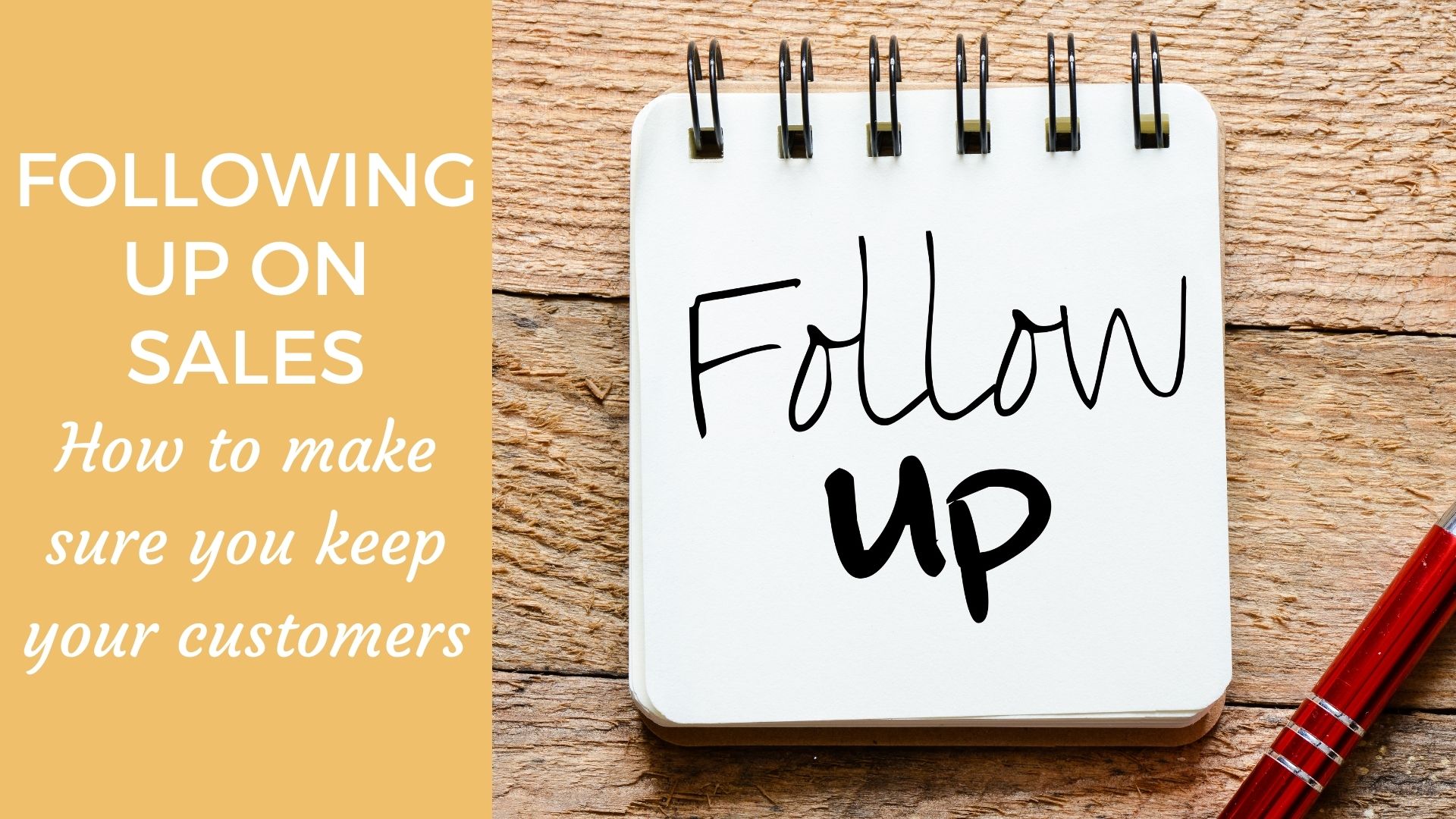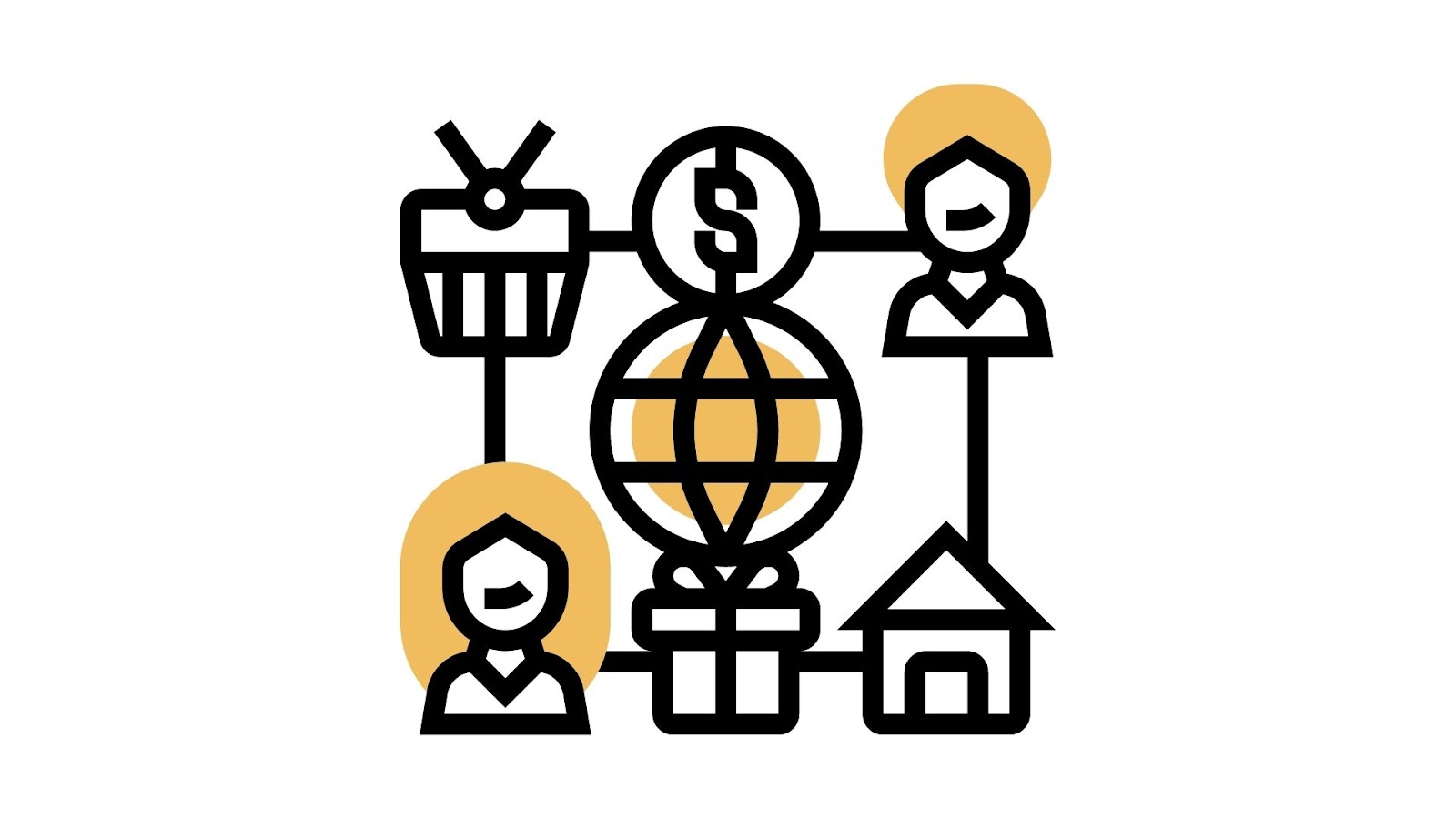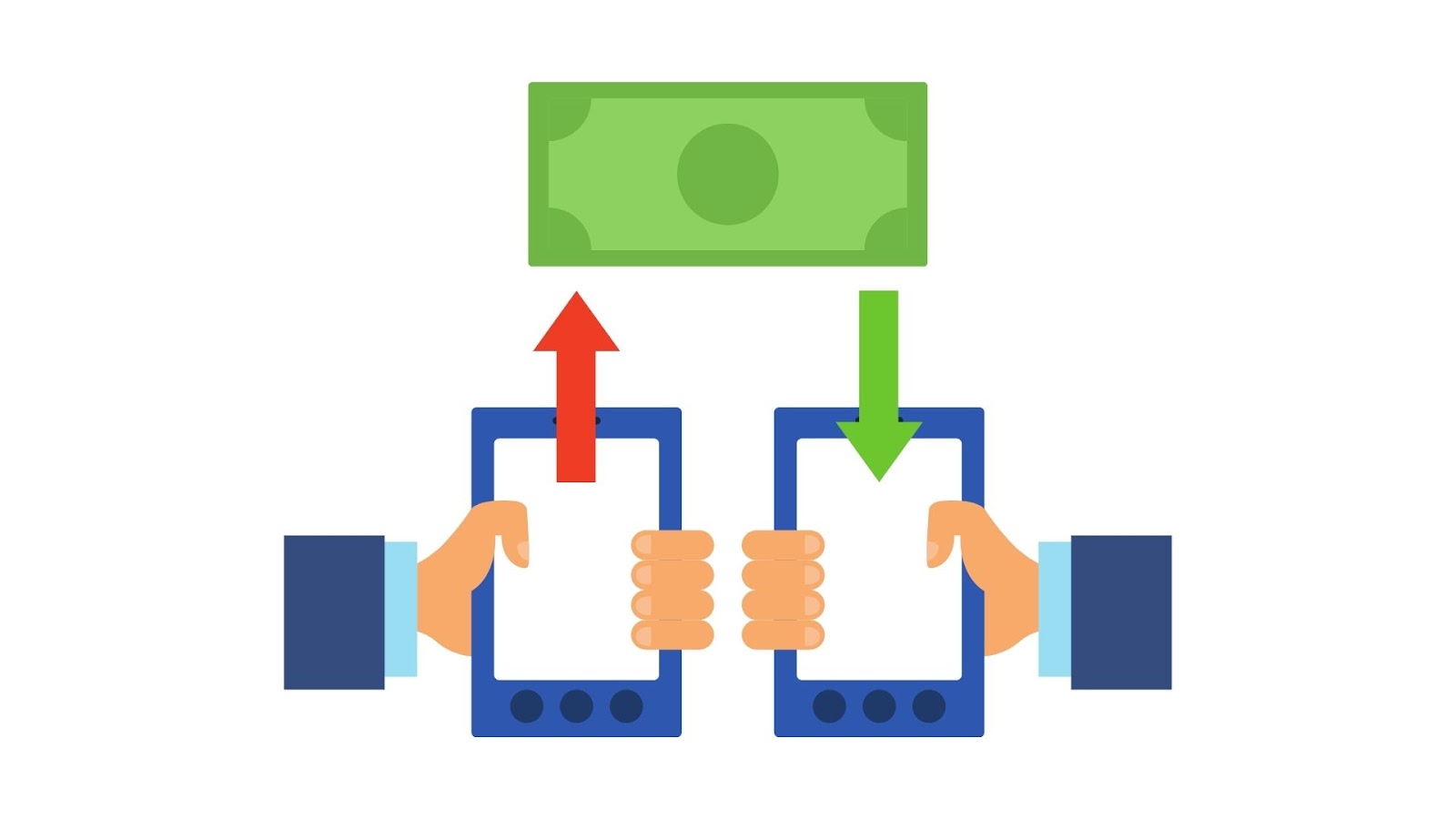The customer is always right - but how do you follow up to make sure they are happy with the experience? Breakdown of different channels and the most effective ways to keep customers feeling satisfied.

There are many reasons to make sure you follow up with your customers. For example, following up can allow you to give advice and help the customer when they need it most. It can also build relationships with customers that will lead to more business for both parties in the future.
Now, it can be difficult to follow up with someone who hasn't responded to your initial message, but it's essential that you do so. To make sure you're not alienating your customers, it's important to take the time to follow up with them in a way that's respectful and shows them that you care about their needs or wants.
There are a few ways to follow up after an initial sales email or phone call. You could send them another message later on in the day, or if they did not answer, you could call them in the morning or early afternoon to remind them about the product. If they didn't respond to your email, you should also send another message at a time that's more likely to get their attention (between 1 pm and 3 pm is best, for example). You can also use your follow-up messages as an opportunity to educate your customers on sales techniques, products or services.
For example, if someone calls you up asking about an expensive product that you don't sell, you can suggest alternatives and then convince them to purchase this product. If they are buying from you due to a price objection, once the buyer makes a purchase, you can suggest how to overcome their objections.

While some people like selling products or services, and other people like helping customers make decisions about products and services, I've found that many people want to feel as if they're being listened to by salespeople. Plus, as a person who has been trying to sell for a long time ( and who, at times, is not very good at sales), I know that it can be a powerful and satisfying feeling to do the right thing for a customer.
When you're trying to sell something, it's important to stay in contact with your customers. This includes sending them emails, leaving a voicemail message, or contacting them on social media. You must also keep track of the progress that your sales are making. If you lose track of your progress, you will have no way to know how well your follow-up is going and whether or not you should continue the process.
Doing this will give you a more accurate sense of what your customers are feeling. This can help you find out whether or not you should follow through with the sale. In addition, it might also be useful to know exactly what your customers need in order to have a successful follow-up.
Doing this will help you get the most out of your follow-up process so that you can make the most money possible from each transaction.

A couple of great ways that you could try to accomplish this would be to keep tabs on what your customers are saying online about you. You could also ask for feedback from your customers. By doing this, you can find out exactly how well you're following through with each and every transaction that you have the chance to get involved in.
You will be able to make your follow-up process much easier by keeping track of what's going on around it. You should be able to find out whether or not people are giving you positive feedback and whether they're talking about your company and your products. Be sure to take any positive feedback into consideration when you're trying to decide what kind of follow-up process you want to use.
Follow-up is one of the best ways to increase customer satisfaction and business. The key is to have a system in place that ensures you track your efforts, get feedback, and identify areas for improvement. Here are some of the most common methods used to follow up with customers:
1. By phone: This is probably the most common way that follow-up takes place. Where are you calling? What are you trying to accomplish? (i.e., to share a coupon or increase sales)
2. By email: Email is a common and effective means of communicating with your customers. It's easy to send out an automated newsletter, but remember to take care of any questions they may have in the body of the message.
3. Online: Online follow-up is one of the best ways to stay in touch with customers. It allows you to track progress and provide information that you can't get through any other means. And it's a great way to track response rates, which makes it an important part of your overall marketing strategy.
4. By postcard: While they are not as convenient as email, postcards are still effective in keeping up-to-date on customer events and status. Designing a postcard is true art, and it's a very nice way to keep your customers up-to-date on what is happening at your business.
5. Phone calls: As much as some people hate getting phone calls, they work great for keeping in touch with customers. They are also useful in asking the right questions to gather the information that you can use later.

Sales are not only important to your business, but it is also a tool that will help you keep track of the path of follow-up in leading the effort to turn leads into customers. You should have a system that tracks what you are doing, who you are talking to, and how many times you contact your clients. This will help you make sure that your efforts are constantly improving and also provide great insight into what kind of company people are looking for.
After the first sales call, it's important to follow up by calling back your customer to thank them for the purchase. A good time frame for following up is 7-14 days. The number of ways you can follow up depends on how comfortable you are in reaching out to your customers. You can send a handwritten thank-you note and/or send them a postcard with an offer for another product or service.
This does not mean that you have to call every customer. You can also send a handwritten note or offer them another product.

If you don't get any response within 7-14 days, then it is time to move on from that customer. If you really want to sell again with this person, then you should move forward and give them a follow-up phone call in about two weeks for a second sale. If they are not interested, then let it go and move on to someone else.
The timing of your follow-ups will depend on when you last spoke with the customer and how long it takes to get a response back from them. When you are thinking about making another sale, try to think of something you haven't done before, sell a new product or service, or get creative in some way. You want to come up with an offer the customer has not heard of before.
You can also use your follow-up call as a chance to:
1) Provide useful information (example: how to use their existing product, how to purchase more of their product, how to get more information about their products).
2) Show you are a trustworthy and professional person.
3) Get customer feedback on the customer service experience (example: did they like the free gift the first time, did they receive the wrong item the first time, or took too long to call them back or ship it out). You should also consider using a prepaid calling card when you call your customer back. This will help you record the conversation and will also provide a script that you can use to improve customer service.
Virtual follow-ups are a way of staying in touch with your customers after a sale. Sometimes it is hard to get the attention of your customers, especially if they recently sold their old car. Virtual follow-ups can be utilized by sending an email or updating your website to make sure that you are always on top of how your customer is doing.
If you do use these methods, make sure that you offer them an incentive for contacting you so that they will want to continue talking to you and maybe even purchase something else from you as well.
Also, be sure to listen when your customers are saying that they don't want to contact you. This is a good sign that you are doing a good job and will get them back in the future. If they didn't want to talk to you, they wouldn't have taken your call.
Email follow-ups can do wonders for your business if used correctly. All that is needed is some customer history, an email address and a couple of minutes of your time.
There is a rule in sales that says, "you don't close until the customer says 'yes'," and then when you do close, you need to find out what's next. So after you get the sale, ask for their contact information so that you can follow up with them shortly after. This will ensure that they know what to expect, and there won't be any surprises when they arrive at your business!
At the same time, make sure you know what the issue is that you're solving for them because if you don't know, it's going to be hard for them to share their real need. They'll just keep telling you how great your product or service is and how they're a happy customer already! This means that you need to talk to them about their real need and make sure you understand exactly what it is so you can fix it!